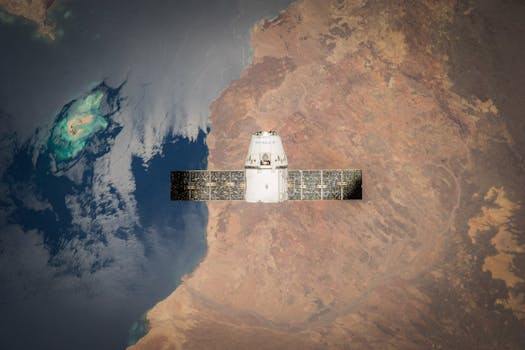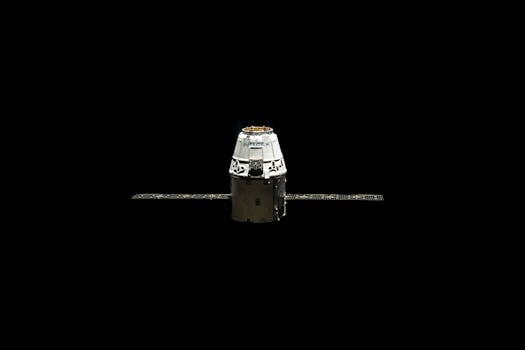Starlink: Revolutionizing Global Connectivity with Satellite Internet
Starlink is a satellite constellation developed by SpaceX, aiming to provide high-speed, low-latency internet connectivity worldwide. With its launch in 2019, Starlink has been rapidly expanding its coverage, offering a new era of global connectivity. In this article, we will delve into the features, benefits, and impact of Starlink on the world of internet connectivity.
How Starlink Works

Starlink is a network of low-Earth orbit (LEO) satellites, orbiting at an altitude of approximately 550 kilometers. Each satellite is equipped with a Hall effect thruster, allowing it to maintain its position and adjust its orbit as needed. The satellites communicate with each other and with ground stations using laser links, enabling the transmission of data at speeds of up to 1 Gbps. The system uses a phased array antenna, which allows it to steer the beam electronically, providing a high-gain, directional signal.
Features and Benefits of Starlink

Starlink offers several key features that make it an attractive solution for global connectivity. Firstly, its low-latency connection, with ping times of around 20-30 ms, makes it suitable for real-time applications such as video conferencing, online gaming, and voice over IP. Secondly, its high-speed connection, with download speeds of up to 1 Gbps, enables seamless streaming of high-definition video and fast download of large files. Additionally, Starlink’s satellite-based system is less prone to outages and disruptions, providing a more reliable connection compared to traditional fiber-optic or wireless networks.
Impact of Starlink on Global Connectivity

The impact of Starlink on global connectivity is significant, with the potential to bridge the digital divide and provide internet access to underserved communities worldwide. According to the International Telecommunication Union (ITU), an estimated 3.8 billion people, or 49% of the global population, lack access to the internet. Starlink’s satellite-based system can reach remote and rural areas, where traditional infrastructure is often lacking, providing a vital connection to the global economy, education, and healthcare services.
Challenges and Limitations of Starlink

While Starlink offers many benefits, it also faces several challenges and limitations. One of the main concerns is the high cost of the system, with the initial investment required for the satellite constellation and ground stations estimated to be in the tens of billions of dollars. Additionally, the system requires a clear line of sight to the satellite, which can be obstructed by trees, buildings, or other obstacles. Furthermore, the latency, although lower than traditional satellite internet, is still higher than that of fiber-optic or wireless networks, which can be a limitation for certain applications.
See more:
